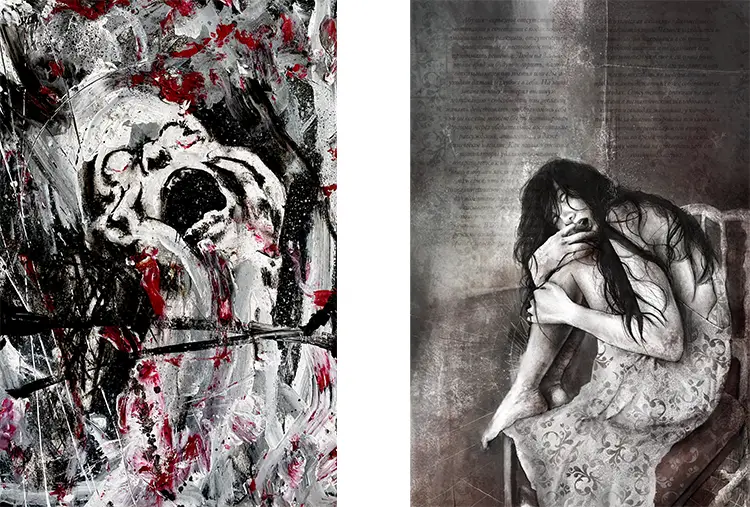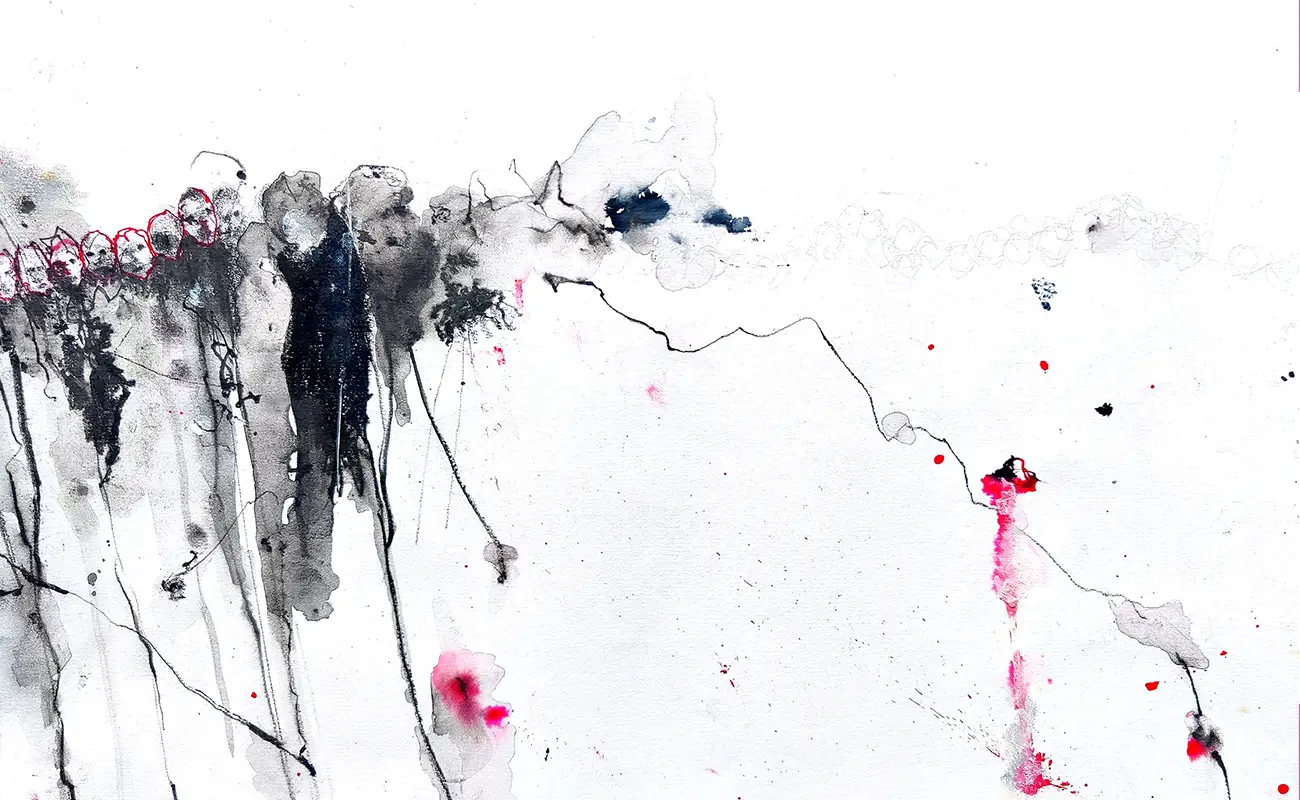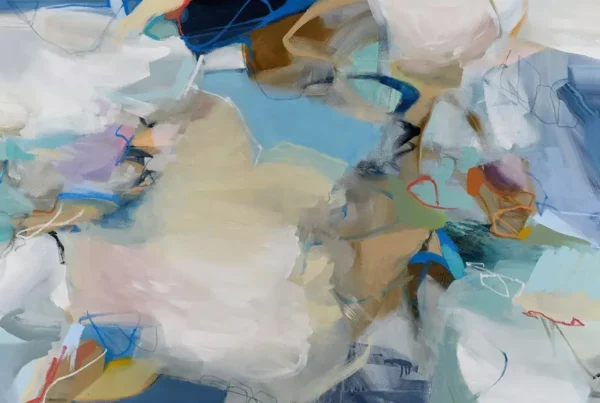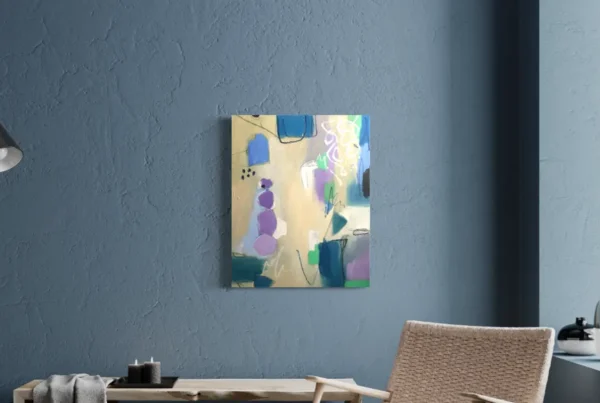“Art is more than a creative outlet—it’s my truth, my purpose, and the reason I exist.”
The Weight of Being Seen
For Indonesian visual and sequential artist Riky R. Christian, creation is not simply a profession—it is an act of survival, a means of reflection, and a quest for truth. His deeply introspective body of work bears the weight of a lifetime spent navigating identity, cultural displacement, and the psychological toll of social performance. In his view, art does not aim to instruct or persuade but to mirror the complexities of existence. Christian’s creative universe is driven by an unfiltered expression of the self, informed not just by imagination but by lived reality—a reality shaped by silence, scrutiny, and the haunting dissonance between internal truth and external expectation.
Growing up in Indonesia, Christian recalls being a reserved child, constantly scrutinized by teachers for not conforming to expected expressions of sociability. Rather than honoring his quiet nature, authority figures pushed him to smile, laugh, and behave in ways that felt performative. Over time, he learned to blend in, developing a social persona to navigate societal norms. But behind the constructed facade, he remained watchful—an observer of human behavior, frequently overwhelmed by the dissonance between people’s actions and their authenticity. These early experiences cemented his position as an outsider, fostering both a hyper-awareness of social constructs and a profound sensitivity to the psychological pressures they impose.
His identity as a Chinese descendant in Indonesia added yet another layer of complexity. Confronted with racial discrimination and systemic prejudice, Christian encountered exclusion that further deepened his feelings of alienation. These encounters, compounded by mental health challenges and moments of despair, found their way into his creative process. Instead of retreating from this emotional landscape, he channels it into his art, using it as a vessel for healing and exploration. Within his illustrations and narratives, themes of duality—such as light and darkness, calm and chaos—are not just visual motifs, but emotional truths, reflecting his ongoing journey toward understanding the self and the human condition.
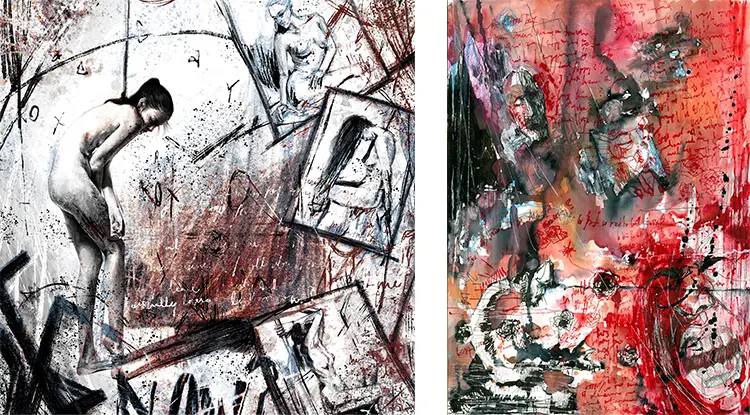
Riky R. Christian: A Lifelong Dialogue with Art
Art has never been a mere phase or passing interest in Christian’s life. From his earliest memories, it stood as the sole constant in a world full of changes—emotional, environmental, and personal. It offered him not just an escape, but a stable ground upon which he could discover and articulate his innermost thoughts. In a society where silence was often misunderstood, and emotions were policed, art allowed him to speak fluently. This wasn’t about technique or academic perfection; it was about truth. For Christian, art became a mirror, a compass, and a lifeline all at once—an ever-present companion on the long road of self-discovery.
The emotional gravity of his creative journey rests heavily on his belief that negative feelings can carry the most genuine and potent insights. Unlike artists who rely on structure or visual tradition, Christian embraces unpredictability, drawing power from what others may consider inner turmoil. Sadness, anxiety, frustration, and isolation are not problems to be solved but forces to be understood and transformed. He does not attempt to “fix” these emotions through art; instead, he listens to them, welcomes them, and lets them shape the aesthetic and thematic direction of his work. This openness to discomfort reveals a fearless commitment to emotional authenticity—a commitment that invites viewers to recognize fragments of their own hidden selves.
His decision to focus on visual and sequential art was not the result of trend or market demand, but a natural extension of how he perceives and processes reality. The sequential aspect of his practice—often associated with storytelling—allows him to chart internal narratives in a form that echoes the ongoing, often nonlinear nature of healing and identity. The dualities he explores are never static; they evolve, interact, and collide across the surface of his chosen medium. In the process, Christian isn’t merely sharing his story—he’s creating space for others to see their own stories reflected, however fragmented or incomplete they may feel.
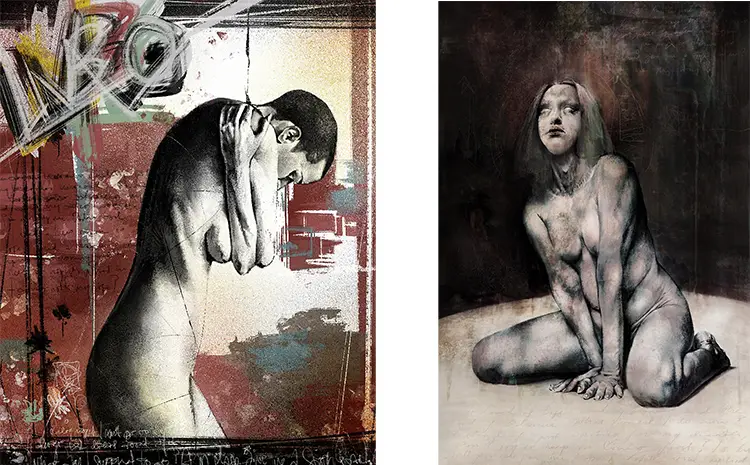
Translating Pain into Form
Christian’s approach to materials mirrors his emotional clarity. Throughout his career, he has experimented with various surfaces—wood, fabric, glass, canvas—but paper remains his most trusted ally. Its responsiveness to both delicate and intense pressure makes it ideal for the emotional range he seeks to convey. Unlike more rigid or glossy materials, paper absorbs his gestures and preserves them with honesty, capturing the tremor of hesitation or the certainty of a bold stroke. It becomes more than a surface; it is a collaborator, a listener, and an archive of emotional labor.
In his workspace, Christian does not strive for the ideal conditions often romanticized in creative narratives. Instead, he embraces whatever arises—be it a distraction, a block, or a surge of emotion—as part of the process. He sees no need to battle these moments; rather, he integrates them, believing they too have something to offer. This acceptance gives his creative environment a raw, human quality, one where vulnerability is not hidden but held openly. By making space for discomfort and uncertainty, Christian ensures that his work remains grounded in real experience, never sterilized for the sake of aesthetic polish.
This embrace of imperfection and unpredictability also reflects his larger philosophy of creation as a form of communication—not just with an audience, but with himself. The physical act of making becomes a ritual of understanding, where every mark is a sentence in a conversation between thought and feeling. The workspace, then, is not merely a physical location but an emotional one. It is a place where pain, confusion, and fleeting clarity all coexist—where the act of creating offers a kind of relief, if not resolution, and where even the messiest emotions are given form and purpose.
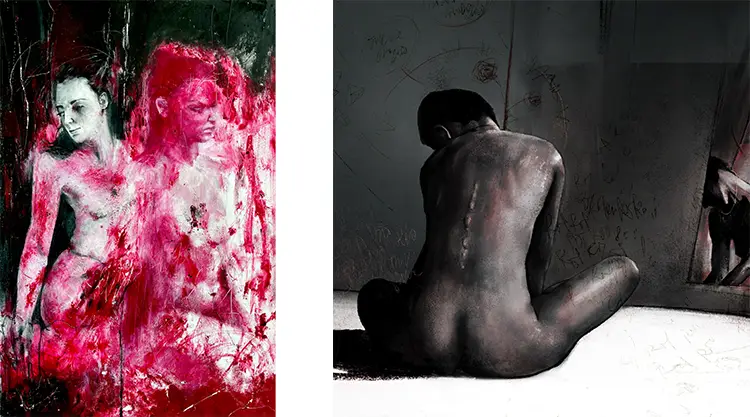
Riky R. Christian: Preparing for the Final Work
Among the many ideas Christian continues to develop, one in particular looms large—an unwritten project that he believes may represent the culmination of his creative journey. While the concept remains undefined, its emotional gravity is unmistakable. He envisions it as a confrontation with the ultimate duality: life and death. This work, he suspects, may be his last. Not in a literal sense, but in the way it might encompass the totality of what he has spent a lifetime trying to express. Though he has yet to articulate its final form, Christian trusts that the moment of clarity will arrive when it is meant to. Until then, the idea remains quietly gestating, waiting for the right conditions to emerge.
His fixation on the threshold between existence and nonexistence is not merely a philosophical curiosity; it reflects an intimate, personal understanding of mortality and survival. Having faced periods of suicidal ideation, Christian’s relationship with death is not abstract. It is a presence he has looked in the eye and chosen to live beside. This gives his future work a palpable urgency—less about dramatizing finality, and more about honoring the complex emotions that surround it. For him, life and death are not binaries, but intertwined states that inform how we live, create, and connect.
Until the moment comes for this final work to take shape, Christian continues to explore, to question, and to produce art that speaks with unflinching honesty. His process is slow, intentional, and rooted in a deep commitment to truth—truth not just as a concept, but as a lived practice. He is not creating for applause or approval, but to better understand himself and the forces that have shaped him. Through this continuous effort, Riky R. Christian becomes not just an artist, but a quiet chronicler of existence—offering viewers the courage to confront their own truths, one stroke at a time.
